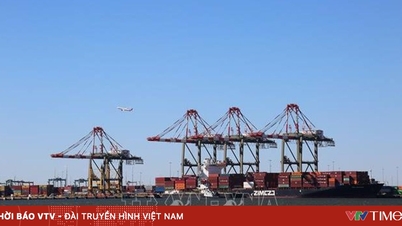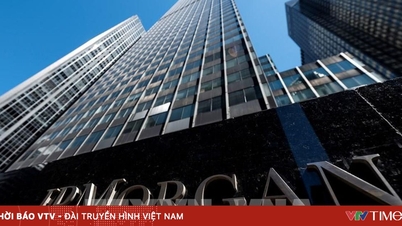U.S. consumers are bearing the brunt of tariffs on imported goods this year, according to a new report from Goldman Sachs. By the end of the year, U.S. consumers will shoulder 55 percent of the tariff costs, U.S. businesses 22 percent, and foreign exporters 18 percent.
Currently, tariff costs are not fully reflected in retail prices, as some tariffs have just come into effect and businesses are waiting for possible changes in tax policy, as well as needing time to negotiate with partners and set new retail prices.
The new report also forecasts that tariffs will push up inflation, with the personal consumption expenditures (PCE) price index likely to rise 3% by the end of the year.
Global trade is no exception.
And of course, the rest of the world cannot “sit still” before the impact of US tariffs. As American consumers struggle with rising prices, demand for imported goods from other countries is expected to stagnate.
According to a survey by S&P Global, new export orders globally have been falling continuously since June. European Union exports to the US in July also fell 4.4% compared to the same period last year, while Germany alone fell 20.1% in August.
The World Trade Organization (WTO) has lowered its forecast for global merchandise trade growth in 2026 to just 0.5%, due to the lagged impact of new US tariffs.
According to the Kiel Institute (Germany), US freight data also shows a clear downward trend. ING Bank (Netherlands) also forecasts that EU goods exports to the US could fall by 17% in the next two years, causing the bloc's GDP to fall by 0.3 percentage points.
“The full impact of the US tariffs has yet to be fully revealed. The consequences will become more evident in the coming months,” warned ING economist Ruben Dewitte.
Source: https://vtv.vn/nguoi-tieu-dung-my-phai-ganh-hon-50-chi-phi-tu-thue-quan-100251015061811431.htm


![[Photo] The 18th Hanoi Party Congress held a preparatory session.](https://vphoto.vietnam.vn/thumb/1200x675/vietnam/resource/IMAGE/2025/10/15/1760521600666_ndo_br_img-0801-jpg.webp)
































![[Photo] Many dykes in Bac Ninh were eroded after the circulation of storm No. 11](https://vphoto.vietnam.vn/thumb/1200x675/vietnam/resource/IMAGE/2025/10/15/1760537802647_1-7384-jpg.webp)











































































Comment (0)